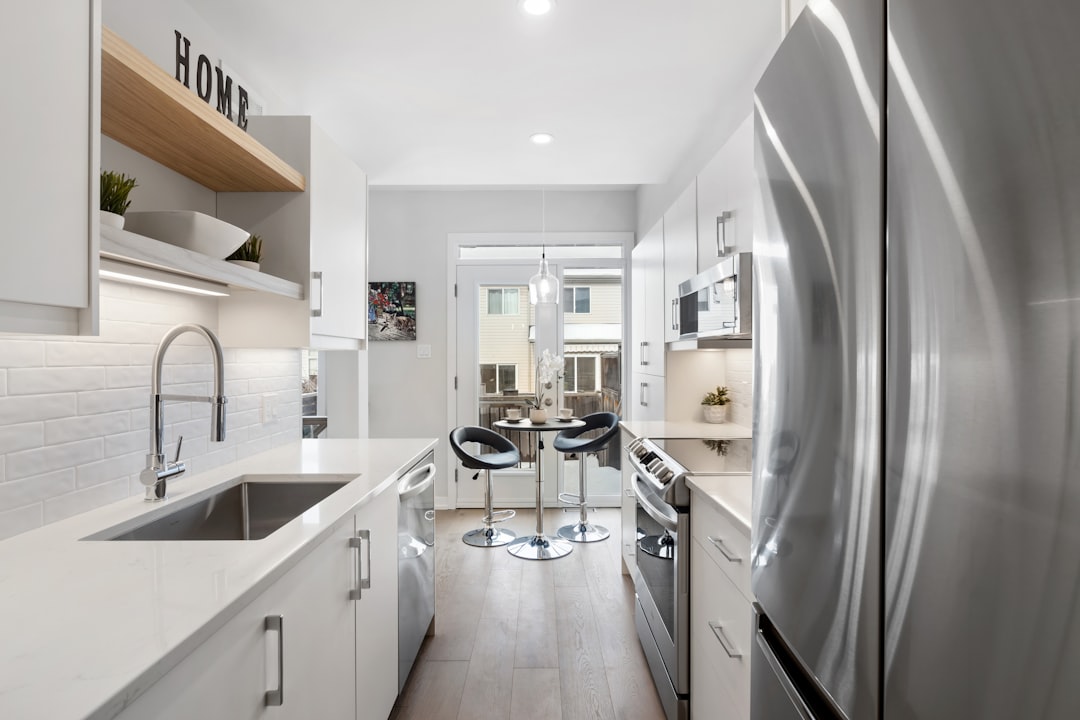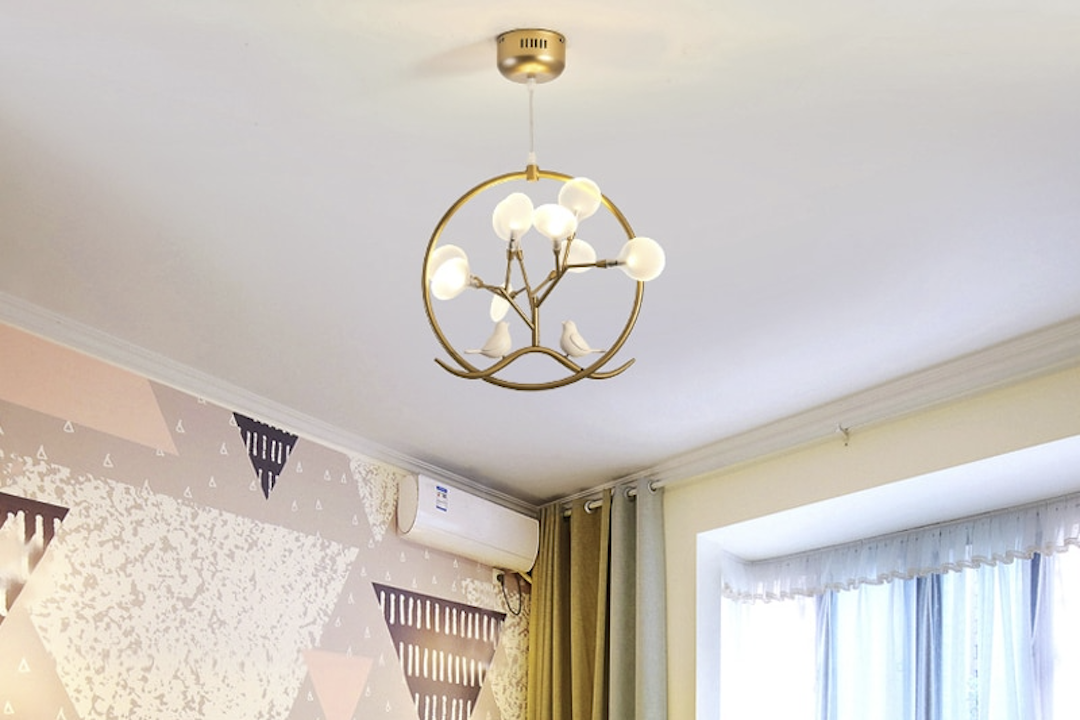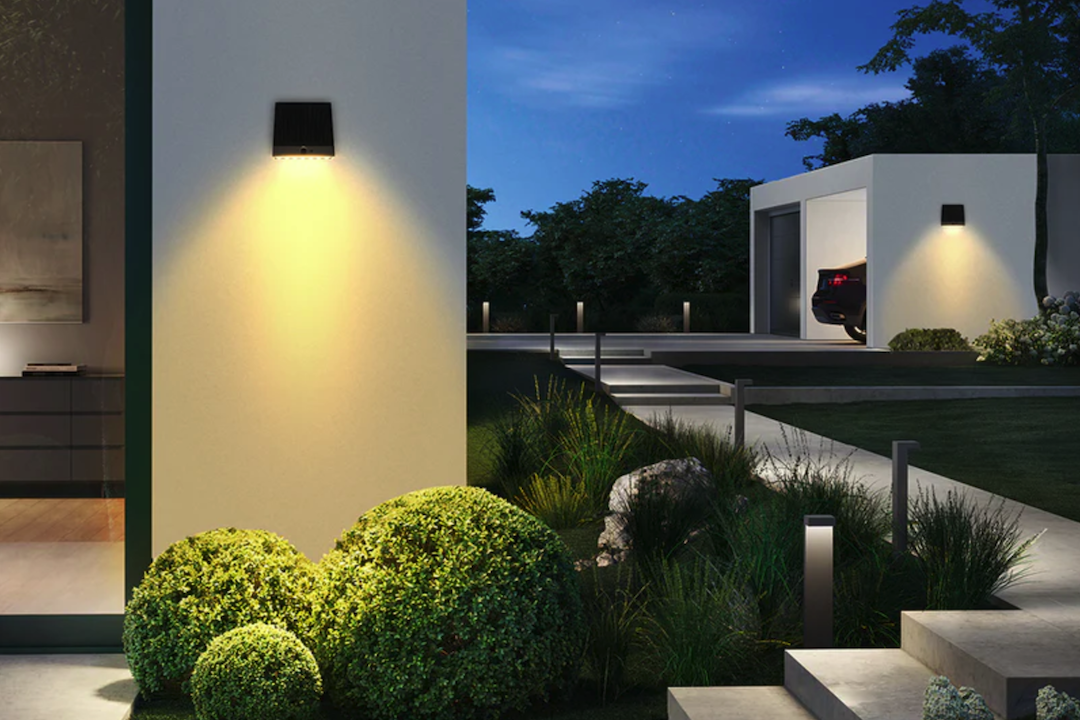Lighting is one of the most essential elements of interior design as it has the power to influence the look and feel of a space. Rise and fall light fittings are an excellent way to combine functionality with aesthetics, by offering an adjustable fixture that can be positioned according to one’s needs. This article aims to explore the evolution of rise and fall light fittings, their various applications, and how they can complement any space.
The Origins of Rise and Fall Light Fittings
Rise and fall light fittings date back to the early 1900s when they were popularized in Victorian homes. They were primarily used in kitchens and dining rooms to offer a functional lighting solution that could be adjusted to suit the needs of the users. These early designs primarily had simple shades and were usually made of brass or copper.
Materials and Styles
Over the years, rise and fall light fittings have undergone significant transformations, both in terms of materials and styles. Today, they can be found in a wide range of materials, including metal, glass, and porcelain. Furthermore, designers have experimented with various styles, ranging from vintage and retro to modern and minimalist.
Functionality
Rise and fall light fittings offer a practical solution for spaces with high ceilings or where the installation of fixed lighting fixtures may be difficult. These fittings allow the user to adjust the light output and the position of the fixture to their liking. Additionally, they can be used to create focal points in a room by drawing attention to a specific area, such as a dining table.
Applications
Rise and fall light fittings can be used in various spaces, including kitchens, dining rooms, living rooms, and even bedrooms. In a kitchen, a rise and fall light fitting can be used to illuminate the workbench or the dining area. In a living room, it can be used to create a focal point by highlighting a piece of artwork or a decorative element. In a bedroom, it can be used to provide focused light for reading or to create a romantic ambiance.
Design Considerations
When choosing rise and fall light fittings, there are several design considerations to keep in mind. Firstly, the size and style of the fitting need to be in proportion to the size of the room and the furniture. Secondly, the choice of material and color should complement the existing decor. Lastly, the height of the fitting needs to be considered to ensure that it is at a comfortable height when adjusted for use.
Rise and fall light fittings Laniusdesign are an excellent way to combine practicality with style. They have come a long way since their Victorian origins and can now be found in a variety of materials and styles. Furthermore, they offer a versatile solution for various spaces and applications, whether it is used to illuminate a dining table or create a focal point in a living room. When choosing rise and fall light fittings, it is important to consider the design, height, and style to ensure that they complement the existing decor of the space.



